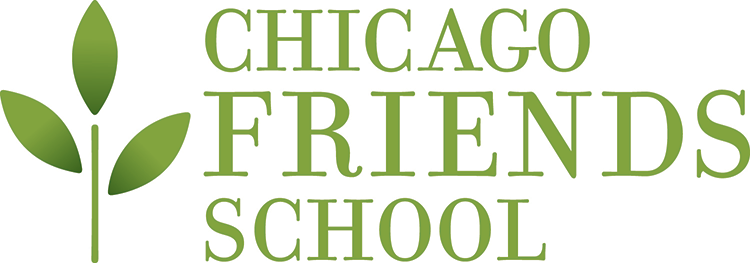One of the most compelling pedagogical concepts I’ve ever come across is very simple: Don’t teach a vocabulary word until students already know the concept it describes. Let the experience you create be not, “Okay, there’s this word, and apparently it means X,” but, “Oh! That’s the word for that!”
During the fall term, In science class, the 2nd-4th graders are focusing on two main topics: weather and erosion. For weather, thus far, we are observing the clouds above our courtyard at 9:00 am three times a week. Each time, students create a journal entry: What do the clouds look like? How would you describe them? We’ll learn the formal names for different types of clouds later during the school year when we are intimately familiar with the many ways clouds can appear.
For erosion, the curriculum is designed around a similar principle: first, we experiment and observe. Over the first four weeks of school, students have been taking jars of water out to various locations near the school to pour the water on multiple surfaces (sidewalk, dirt, sand, grass, mulch, etc.), observing how the water acts. After five or six experiments, I opened the question up to the students: what other surfaces would they like to try? Cloth! Metal! Skin! Glue!
Now, we’re moving onto the next phase of the project: looking for patterns. Each student entered the data they had collected into a table, recording how hard or soft the surface was and whether the water was absorbed, puddled, or flowed off (and whether the water moved the substance it had been poured on). Having identified a pattern in their data, each student chose a future experiment that could prove or disprove the pattern. If soft surfaces absorb water, let me try pouring it on a ball of yarn this time. Does the pattern hold?
As we begin to discuss our observations altogether, we’ll start to hone in on the idea that some substances move smoothly, and some are more difficult to budge. Likely, the students will suggest varying the way we pour the water, and I will gladly permit the experiment. And eventually, we’ll begin discussing this word “erosion” and looking at how water carves and shapes our planet.
A note of reflection: there are students in our room who already know what erosion is. Nonetheless, they’re engaged because the work we’re doing is much more about scientific practice than about learning this one simple word.


Renata McAdams
is our grade 3-4 classroom teacher. She has taught in a variety of public, charter, and independent schools, including a combined 3-5 classroom in Ann Arbor, Mich., for two years. Rentata graduated from Vassar College and received her M.S.Ed. from the University of Pennsylvania. She grew up in Oberlin, Ohio, and moved to Chicago from Philadelphia with her husband (then-fiancé) in August 2014.
In her free time, Renata enjoys singing, acting, dancing, and reading.